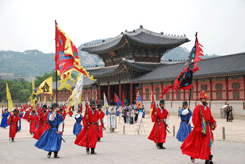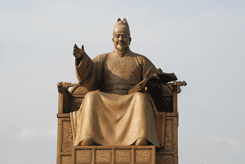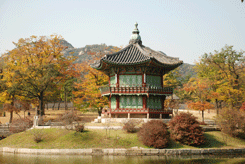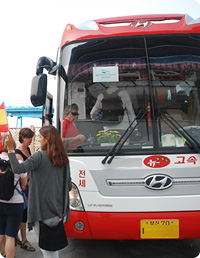SHORE EXCURSIONS
Incheon A / 8 hours



Tour Highlights
- Gyeongbokgung Palace
- Insa-dong Alley
- Namdaemun Market
Incheon - Seoul - Incheon (L) 120km
Upon calling at Incheon, your tour guide greets you at the cruise terminal to takes you on a tour of Seoul. You will explore Korea's capital city that is full of rich heritage, culture, history and tourist attractions.
You will discover Gyeongbokgung Palace, a particularly charming spot that represents a colorful and turbulent side of the capital's 500-year history.
Later, sStroll down the Insadong, at one time the center of traditional Korean art and antiques, features a mixture of historical and modern atmosphere representing the cultural glimpse of the nation. Clustered along the main street and alleys are lined with street vendors, wooden tea houses, restaurants and numerous galleries and shops dealing in antiques, oriental art supplies, and modern Korean art of all types and styles. While here, you may want to buy some souvenirs or simply wander and browse at leisure admiring cultural ambience.
You will tour the centuries-old Namdaemun Market brimming with well over 11,000 shops selling anything you can imagine. One of the most colorful aspects of the market is an endless sprawl of street-vendor stalls that setup in the alleys and walkways between the buildings. The market is seriously crowded, so be prepared to get bumped around. A fantastic place to haggle over the price to get the best deal on something you want or simply admire the vibrancy of this massive market.
At the western entrance of the market in the middle of a traffic circle stands Sungnyemun. It is a formidable and iconic construct that served as the southern gate of the wall that surrounded Seoul during the period of the Joseon Dynasty. After a tour visiting some of Seoul's top attractions, return to the ship in time for your departure.






